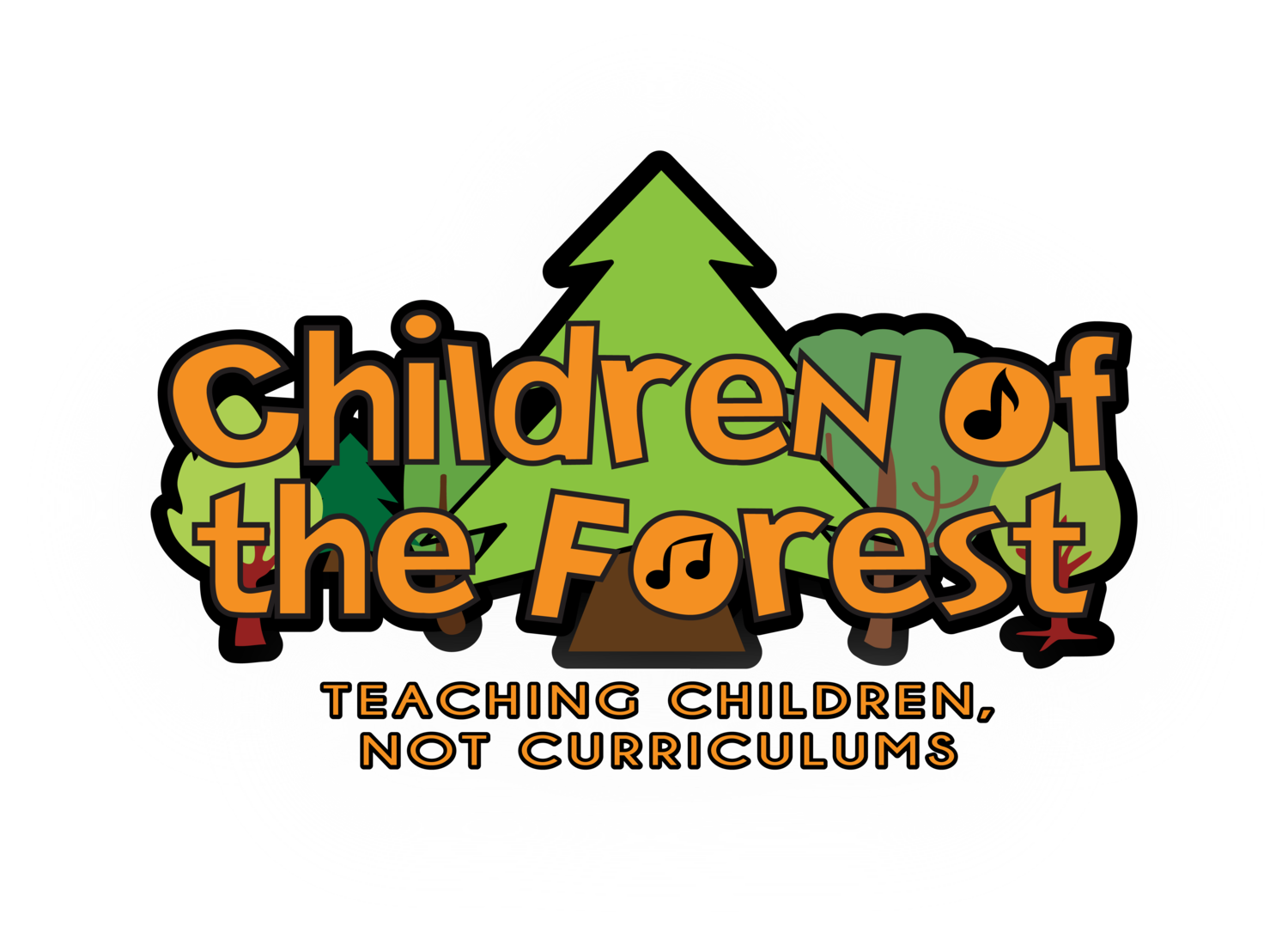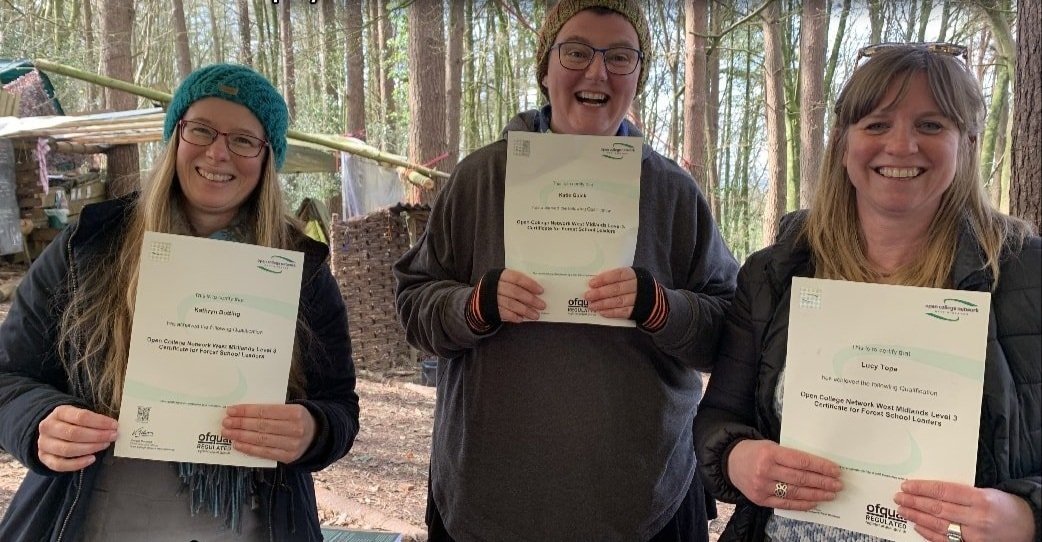Spring is the perfect time for cooking with these delicious wild edibles. For monthly nature connection ideas straight to your inbox, including recipes, you can sign up to our monthly newsletter here. For more outdoor cooking ideas, you can buy Lewis’ book here. If you’d like to learn more about our native flora and fauna you might like our Forest School Leader training course, info here.
Nettle Pancake Recipe
1. Gather your nettles
Wearing gloves, or carefully using scissors and holding a basket beneath, snip the top five or six leaves from the top of each nettle (this way the plant will continue to grow).
2. Prepare the nettles
Give them a wash and then steam them in a saucepan for a few minutes in the water left on them from their washing. They should be wilted and bright green. This will kill the stings and make them soft. Then, blitz! We have an excellent hand-held whizzer we can recharge and use in the woods.
3. Prepare your pancake batter
We use self raising flour (gluten free self raising also works well), soy milk, and a little sugar and salt. Mix together to the consistency of thick cream. Add your pureed nettles.
4. Cook
Heat oil in a frying pan. Drop spoonfuls of the nettle-y batter and cook a couple of minutes each side, till cooked through.
5. Drizzle with something sweet, such as our dandelion syrup (below) and enjoy!
Dandelion Syrup Recipe
Gather dandelion heads
On a sunny day when the flower heads are open and full of pollen, collect the yellow flowerheads only. You can gather from a place where dandelions are abundant, or from a lawn before it gets mowed, where dogs haven’t weed! Remember they are an important plant for pollinators so if there a loads, pick a little; if there are a little, pick none. Shake them lightly to remove any bugs or leave them on a surface for bugs to crawl out.
2. Cook
Add a few slices of lemon and the dandelion heads to a saucepan and add enough water to cover them. Bring to the boil for a few minutes, then turn off the heat and let them stew overnight with the lid on.
3. Strain
Using a clean muslin cloth over a bowl, pour the dandelions and their cooking liquid into it to separate the flowers and the liquid. Gather the edges of the muslin and squeeze the flowers to get all the good stuff.
4. Cook
Add sugar to taste (more if you want to make a thick honey, less a runny syrup). Bring to the boil and boil for as long as you like to reduce down to the consistency you’re after (less time for a runny syrup). Enjoy drizzled over pancakes or porridge, or diluted for a refreshing drink.




















